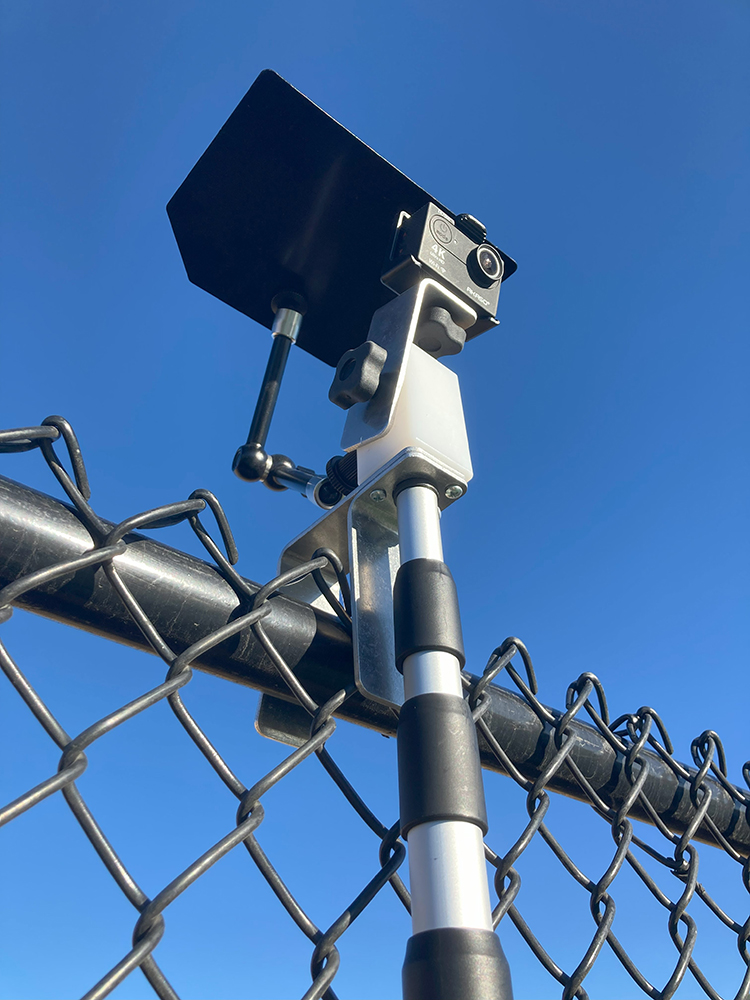“Learning From Other Sports, Tennis Coaches See Advantages of Video Analysis”
Thats the title of an article in the New York Times published June 13, 2013. Seems that tennis players and coaches are finally catching on to the many benefits of video analysis when applied to tennis matches, not just technique issues, but strategy analysis and tendencies also.
According to the article “Tennis has long been slow to embrace the game-film culture pervasive in other professional sports. But that is changing. Tennis Australia, the governing body of the sport in Australia, now has an extensive video performance analysis unit that can deliver up-to-date footage and pattern breakdowns on future opponents to its players, whether they are playing in Wimbledon or in a challenger in Tashkent, Uzbekistan.

“You can use it for all sorts of things, and I think it’s been very useful,” said Samantha Stosur, a former United States Open champion and Australia’s top female player.
Another big believer is the Frenchman, Guilles Simon. Talking about how he uses video, he says, “I make a lot more choices on the court than most of my opponents in terms of tactics and strategy. I didn’t play the same in my first couple of rounds as I played against Sam, whereas Sam played much more the same style against everyone.
“He has the weapons he’s going to use — his serve, his forehand. Most players are very focused on what’s happening with themselves, on their side of the net. I’m much more focused on what’s happening on the other side of the net. So the tactics are very important to me, and Jan is very good with this, especially with the help of the video.”
Simon said De Witt’s video had been particularly useful before his match against third-ranked Andy Murray in the Round of 16 in Madrid in May. Murray had dominated Simon in the past, but Simon pushed him in Madrid, losing in a third-set tiebreaker.
According to the article,c oaches and tennis parents have been filming matches and practice sessions on a regular basis since the advent of the video camera. But one of the first tennis coaches at the elite level to make use of video to dissect opponents’ patterns was the Australian Darren Cahill when he was coaching Lleyton Hewitt and Andre Agassi in the early 2000s. Cahill said he did so “because I thought it was an edge, simple as that.”
According to Cahill, if you can sit a player down and say there are three specific things I need you to look at, and it’s going to take a matter of 11 minutes and you can go to each of those specific things, I think the message goes home much quicker and harder.”
Simon does make one more observation, that you have to be careful. He says ““The video really can be a plus, but you have to really use it right; otherwise it’s too much information, and it can be almost paralyzing,” he said. “Tennis is in the moment. It’s about instinct, too. When the ball comes, you’ve got to hit it and perhaps your video analysis determined it was better to return serve to a certain spot, but if at that moment you really feel you want to put it somewhere else, you still need to listen to that. And you need to do that.”
Here’s a link to the whole article: New York Times http://www.nytimes.com/2013/06/02/sports/tennis/tennis-coaches-put-video-in-play.html?pagewanted=2














0 Comments